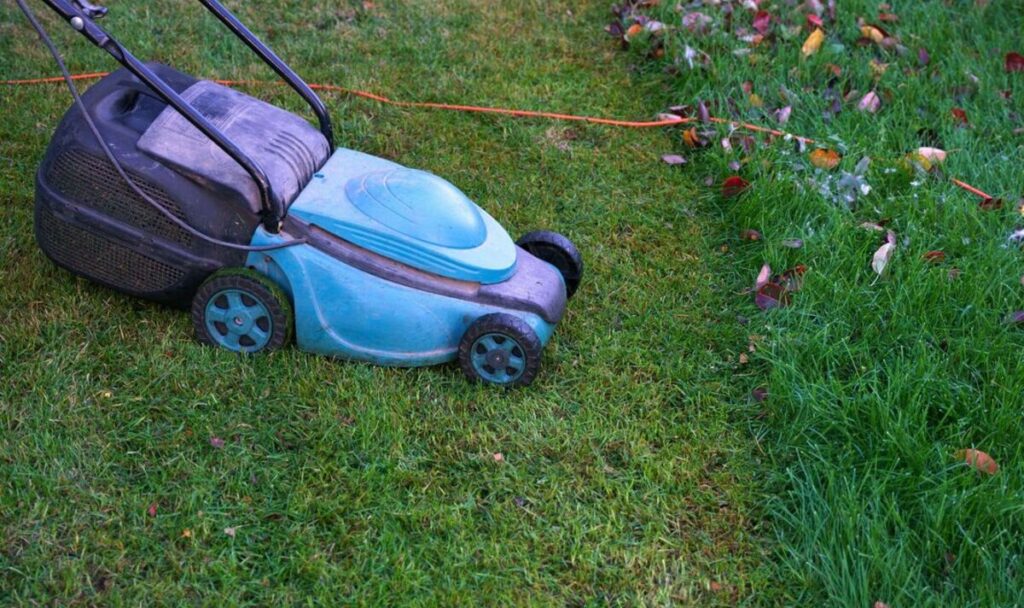The Wildlife Trusts and RHS are calling on gardeners to “bring their lawns to life” in a new initiative that launches on March 22. The charities are encouraging gardeners to experiment with a longer, wild-looking lawn that can benefit both wildlife and the wider environment. Rather than aiming for a manicured, neat lawn, the charities are encouraging gardeners to raise the blade on their mowers so their lawn’s length is taller.
They’re also urging gardeners to cut their lawns less frequently, embrace daisies and clovers, which are often viewed as weeds, and allow other naturally flowering plants to thrive on lawns.
If you only have a balcony or courtyard, or your garden is on the smaller side, gardeners can even grow container lawns.
Longer lawns can help mitigate flooding as they are better at soaking up rainwater, can counter heat in urban areas and capture pollutants.
After last summer’s drought period, many Britons are now looking at ways to make their garden more drought-tolerant and a longer lawn could be the answer.
READ MORE: ‘Best’ solution to remove ‘tough’ grout stains without scrubbing
According to the charities, a longer lawn can resist browning during dry spells because of their longer roots.
Most importantly, longer lawns provide habitats for a whole host of insects and pollinators.
Here are four ways to “bring your lawn to life” this summer:
1. Reduce the frequency of mowing
Instead of mowing your lawn every week or fortnight, try mowing it every three to four weeks to allow flowers to bloom.
2. Keep some areas short
If you have a large lawn, it could be difficult to keep the entire area long, especially if you need to reach other areas of your garden.
Keep some areas of your lawn short by forming pathways, sunbathing areas or foraging areas for birds.
The rest of your lawn can be grown a little bit longer to provide shelter for grasshoppers and other insects.
If you can, consider leaving some parts of your lawn to grow long for the whole summer to benefit caterpillars.
READ MORE: Simple lawn task ‘gets rid of weeds’ on grass without using chemicals
3. Ignore bare patches
They may be unsightly but bare patches are the perfect sites for ground-nesting bees so consider leaving them be.
4. Alternatively…
If you want a luscious green carpet, perhaps try growing hardy yarrow on your lawn or experiment with a tapestry lawn by growing herbs and flowers.
Barnaby Coupe, land use policy manager of The Wildlife Trusts said: “Everyone can enjoy the beauty of longer lawns.
“Gardeners have spent too long battling against nature to maintain lifeless green carpets of closely cropped grass.
“It’s time to help nature and the climate by letting lawns live wilder and supporting a Serengeti in your backyard.
“Avoid plastic lawns – they will turn your gardens into lifeless deserts and end up in landfill!”
Helen Bostock, senior wildlife specialist at the RHS, said lawns can be “overlooked” as important ecosystems in favour of plant beds.
However, she explained, “they’re home to a huge amount of wildlife and help mitigate the impact of climate change”.
She added: “We want to inspire people to get up close and personal with their lawns this year, discover what can be found in their swathes of green and dabble with new, more hands-off means of management.”

